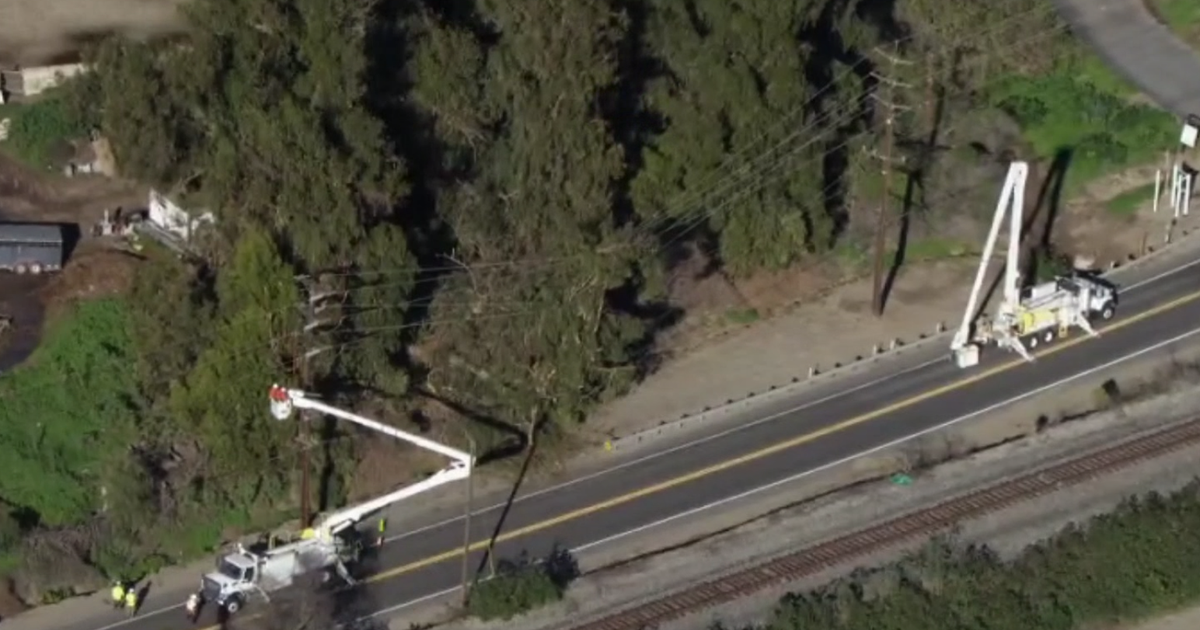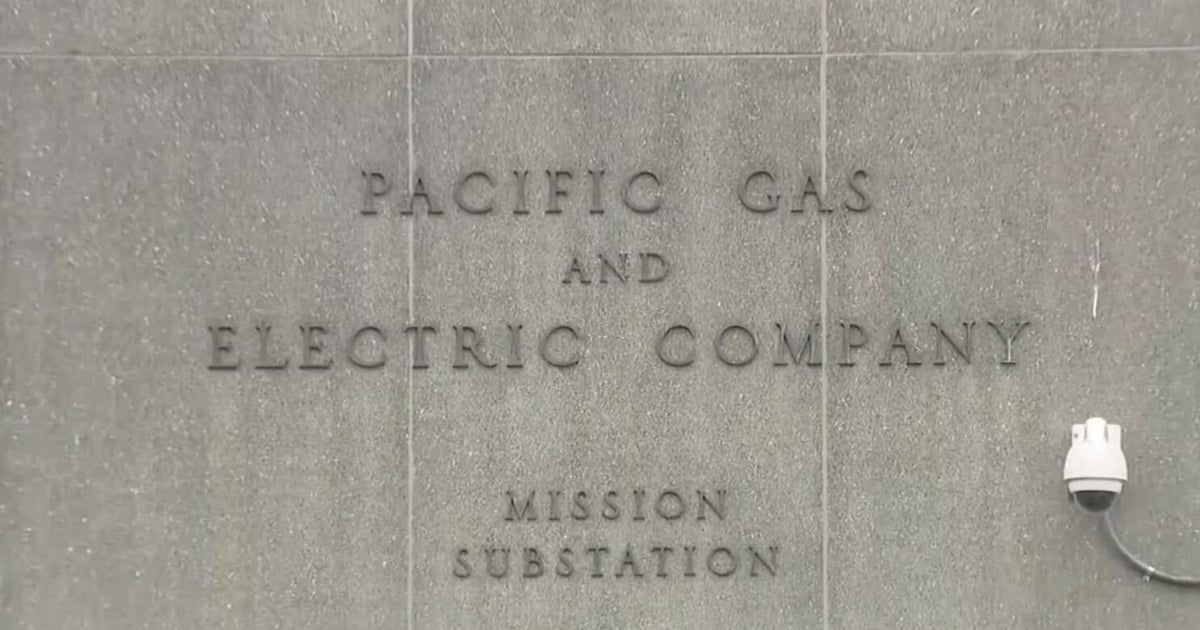Cargill Heads For The Atlantic
As European customers establish offices in the US to cut trade costs, Cargill expands to where the big business is: the East Coast.
The onset of the 1920s marked a time of major change in the American grain marketplace: European grain importers were appearing on the East Coast, realizing that instead of paying premiums to US brokers, they could set up their own inland branch offices to buy direct from suppliers. Cargill president John MacMillan, Sr. realized that to remain relevant, the company needed to expand eastward—and fast.
"Either we set ourselves up to compete…or European firms will just take us over in piecemeal."— John MacMillan, Sr., President of Cargill
In 1923, Cargill seized an unexpected opportunity: the acquisition of competitor Taylor and Bournique, Co., a grain concern that recently had liquidated assets. "T&B" operated a circuit of East Coast offices, located in Buffalo, New York, as well as Philadelphia and Pittsburgh in Pennsylvania.
Within three years, Cargill had become one of the nation's most notable grain marketing organizations. The company's significant growth prompted a reorganization of its business, allowing it to more efficiently distribute, market and warehouse its grain.
With its new eastern footprint, the company erected more storage sites, eventually including the world's largest grain elevator in Albany, New York, by 1932. The large-scale terminal sat along the intersection of the Erie Canal and Hudson River, providing dual access to the Great Lakes region and the East Coast, feeding directly into the Atlantic Ocean.
The new locations solidified Cargill's presence along the Eastern Seaboard, increasing business with European customers and laying the foundation for future global trade.







